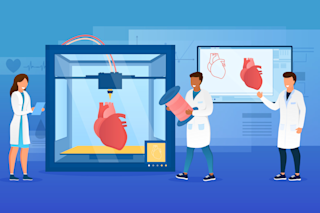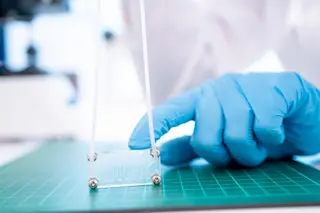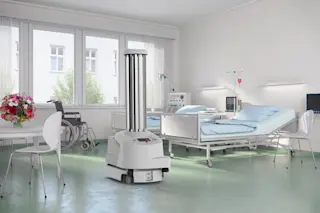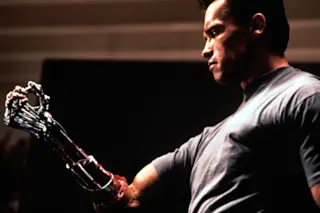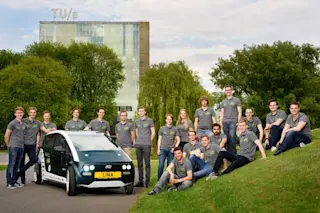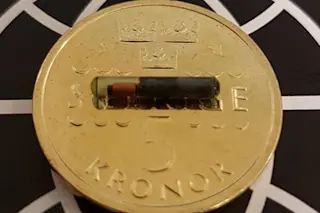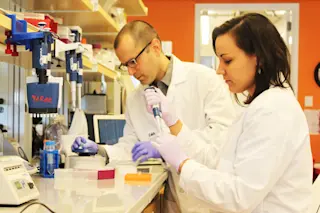A new composite material that integrates seamlessly into living tissue could someday bind bones and tendons together following an injury. A synthetic mixture of ceramic dust and a polymer can be quickly 3-D printed in an endless variety of shapes and sizes, perfect for molding it to different body parts. Its sturdy yet porous structure allows living tissues to gradually infiltrate the graft and rebuild organic structures. It is also compressible when printed in the form of a grid, allowing surgeons to mold the shape of the material to better fit the graft site.
The material, called "hyperelastic bone," was created by researchers at Northwestern University as a better means of holding together or replacing broken bones. Previous materials used at graft sites were either toxic, difficult to work with or too dense for tissues to permeate them, forestalling a full recovery. The researchers say that their hyperelastic bone overcomes ...


